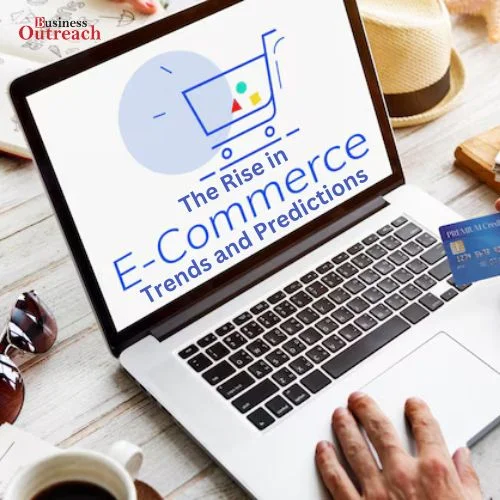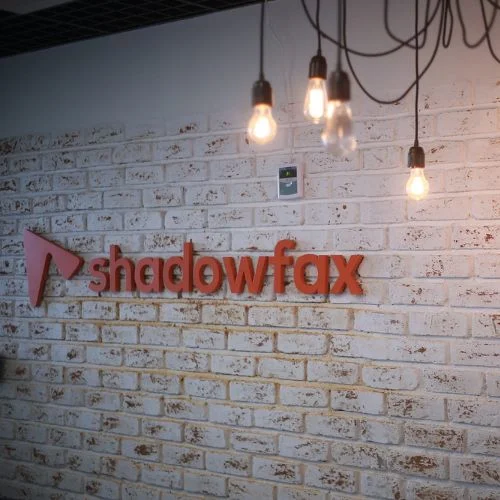E-commerce, often known as electronic commerce, is the purchasing and selling of products and services through the Internet.
The growth of e-commerce has changed the way companies function, enabling them to access consumers on a worldwide scale and operate 24 hours a day, seven days a week. Consumers may now buy from the comfort of their own homes and have access to a large assortment of items and services at their fingertips.
One of the primary advantages of e-commerce is the ease it provides. Customers may explore and buy things any time of day or night without leaving their homes or visiting a physical shop. E-commerce systems also provide a personalized purchasing experience, with suggestions based on the customer’s tastes and browsing history.
The country’s thriving e-commerce business is being driven by low-cost cell phones and data plans, prompting large retailers and consumer goods manufacturers to raise their operations in the online area.
With approximately 530 million active social media users in India, 52% of whom are millennials, the figure is expected to rise to 600 million by 2025. The growing online presence is predicted to improve e-commerce sales, with 77 million buyers purchasing via social platforms such as Facebook, WhatsApp, and social-commerce sites in 2021, a trend that is likely to continue.
Shopping behavior, digital payments, digital ad expenditure, social media content consumption, and the burgeoning direct-to-consumer (D2C) ecosystem demonstrate India’s increasing digitalization. By 2025, the nation will have 900 million internet users. According to the research, it already leads in digital ad expenditure at 22%, ahead of the UK (9.3%), the US (10%), Australia (5.8%), France (11%), and China (3.3%).
The analysis drew on data from syndicated Kantar assets such as ICUBE and Global Issues Monitor, as well as Kantar’s Connect, BLI, and CrossMedia databases.
“India is digitizing at an unprecedented rate. Women and rural areas will drive this in the future, and it will grow more cross-generational. As consumers spend more time online, it is critical to have a comprehensive understanding of how to reach, sell to, communicate with, and establish brands for them,” said Soumya Mohanty, managing director, and chief client officer, of South Asia, Kantar Insights Division.
According to Biswapriya Bhattacharya, director, B2B & Technology, South Asia, Insights Division, Kantar, the collective thrust of digitally connected consumers and digitally enabled MSMEs, combined with strong ecosystem enablers such as 5G, ONDC, AI, and others, will be critical to India achieving its goal of creating a $1 trillion digital economy.
According to Kantar, India’s direct-to-consumer ecosystem is at an “inflection point,” with D2C businesses producing $4 billion in FY2022 and an addressable market size expected to approach $100 billion by 2025.















